Tom's Guide Verdict
Even without a matching Huawei phone, you'll like the FreeLace's usability, design and audio power if you can get a hold of them. It's not perfect in any one category, but as long as you're not bothered by the odd imperfection, these headphones will serve you well.
Pros
- +
Easy to use
- +
Smart symmetrical design
- +
Superb battery life
Cons
- -
Anti-wind noise tech isn’t effective
- -
Needs a Huawei phone to use all its features
- -
Controls can be finicky
Why you can trust Tom's Guide
Huawei has a surprisingly diverse range of headphones on offer alongside its Mate and P-Series phones. It offers true wireless, noise-cancelling and sport headphones, and now the FreeLace, a set of Bluetooth in-ear headphones that tries to combine aspects of all of those into one, for the price of €99 ($111/£85 converted).
Aiming for great build quality, ease of use and innovative features, the FreeLace works well in general, but it doesn't excel in many areas. The earbuds have some especially great perks for those who own a Huawei phone, but for everyone else, it will depend on how far its design gimmicks and solid audio quality win you over.
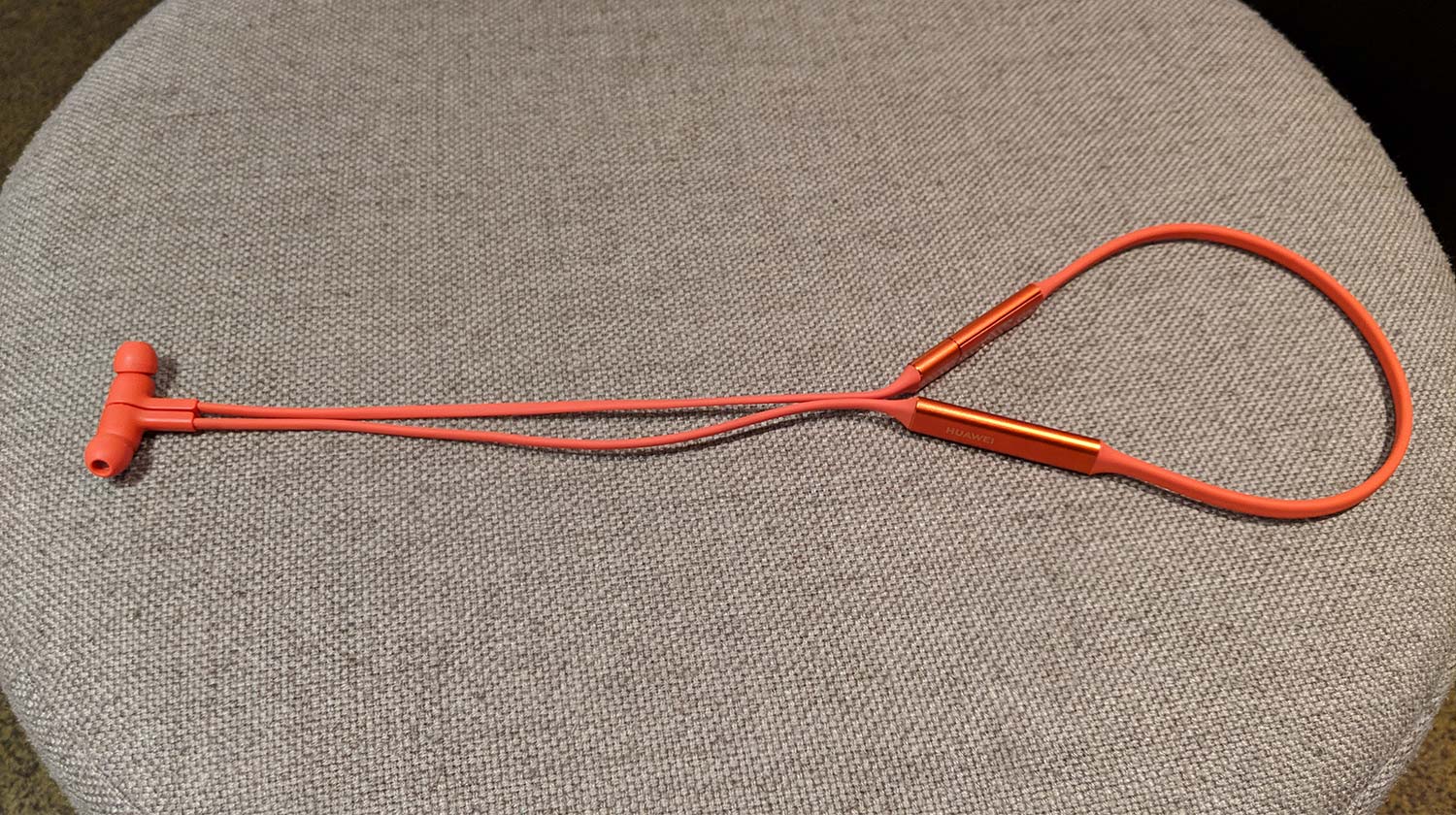
Huawei FreeLace Pricing and Availability
There's no information about the FreeLace's availability or pricing in the U.S. or the U.K. yet. The only price we have is for Europe, where it will cost €99 (about $112/£85). Once the FreeLace are on sale, you can then pick from four available colors — graphite black, amber sunrise, emerald green and moonlight silver.
Design
The graphite black FreeLace model I reviewed looks smart and understated. Even in one of the other three brighter shades, the earbuds are an elegant piece of technology. This is helped by the symmetry of the headphones, which is spoiled only by the slight differences on the surfaces of the two rectangular modules that contain the battery and the controls.
The FreeLace looks smart and understated.
The interior memory metal core combined with the magnetic backs on the earpieces mean that it naturally keeps its shape without getting tangled. You can screw it up in your pocket as much as you like, but take it out and give it a shake, and the FreeLace will quickly unravel into its proper form, ready to be placed around your neck and into your ears.
Get instant access to breaking news, the hottest reviews, great deals and helpful tips.
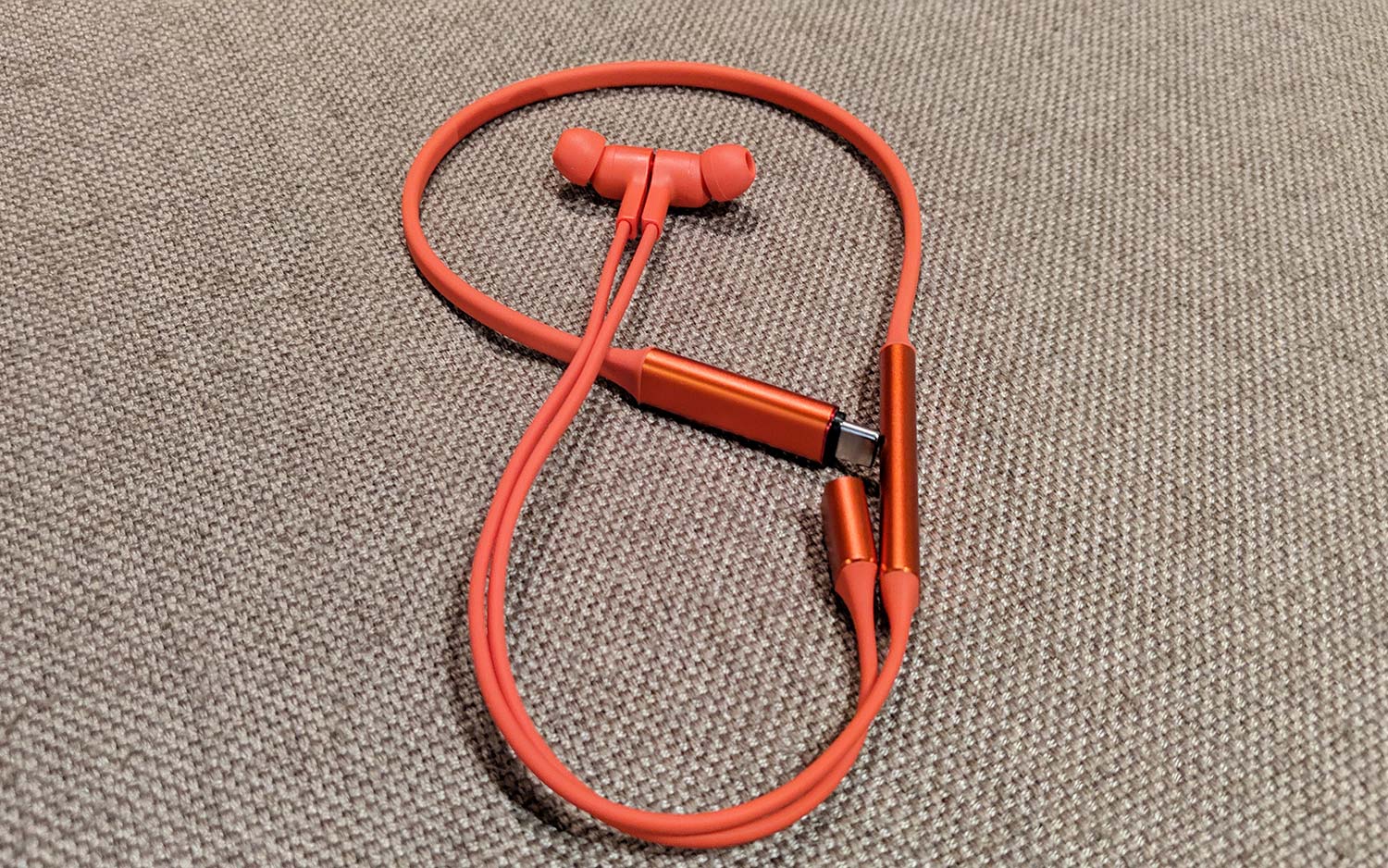
Another neat feature is how the FreeLace hides its physical connector, a USB-C plug, within the body of the controls, as the right earpiece and cord split apart from the rest of the headphones to expose it. It takes a sustained amount of force to do this, so it's simple to access deliberately, but unlikely to come apart by accident.
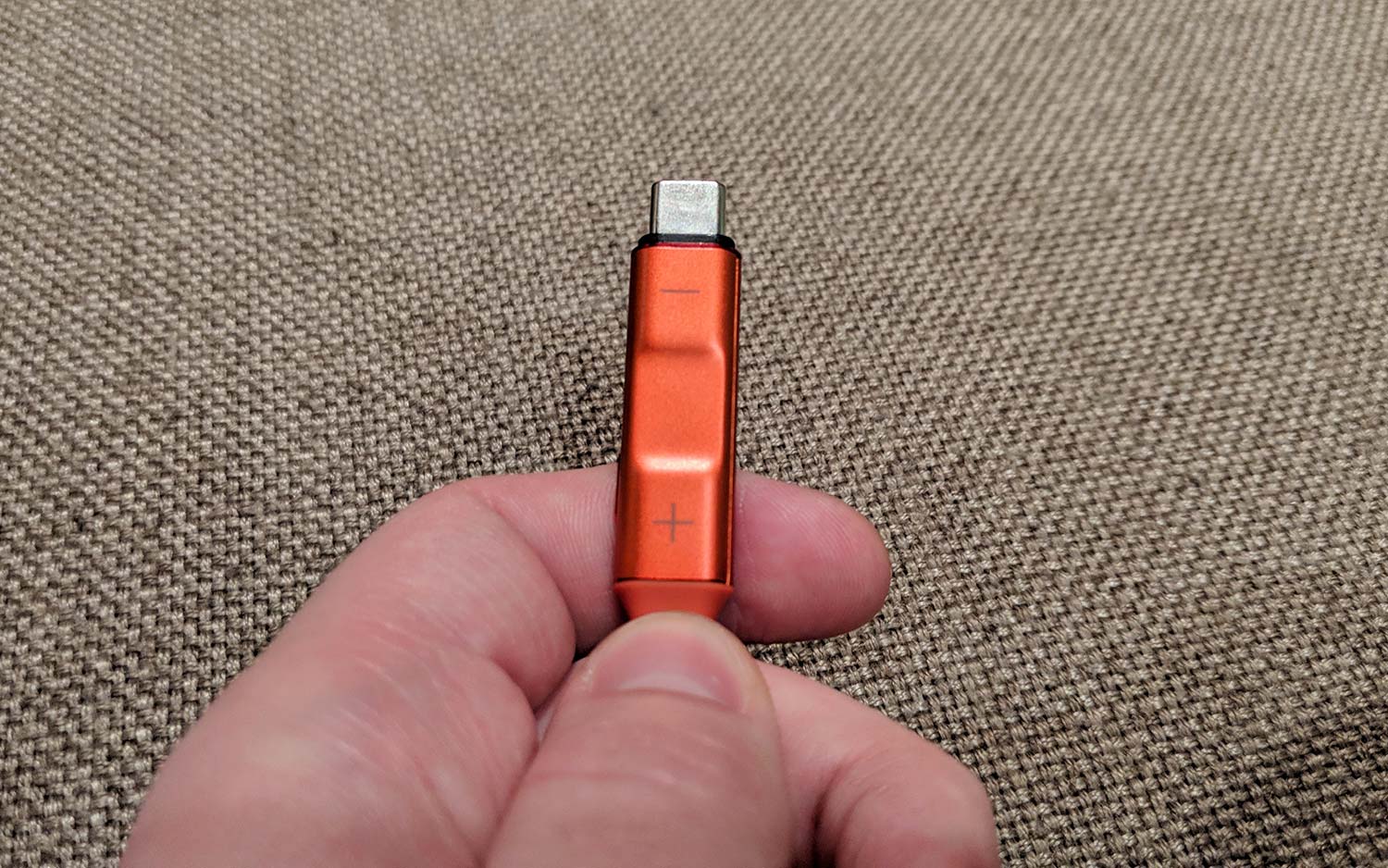
The FreeLace is rated IPX5, which is a reasonable level of certification against water damage. It's not the same level as a dedicated fitness or outdoors set of headphones, but you can at least know you don't have to worry about the FreeLace getting damaged if you get caught in the rain.
Setup and Controls
To power up the FreeLace, just plug its USB-C connector into any compatible port, the box includes a USB-3-to-USB-C dongle in case you need it. You can also charge it by plugging it into a phone, although there is no included dongle for if you're using a phone with a microUSB or Lightning port.
I happily wore these for hours at a time without ever feeling discomfort, only noticing the battery and controls if I happened to turn my head.
Normally, you'd pair these wireless headphones with your device with the standard method: holding buttons and selecting the right options in the Bluetooth menu. However, plugging the FreeLace into a Huawei device (provided it's running on a recent version of EMUI 9.1) allows you to go straight to the Bluetooth menu and complete the pairing. It's a minor touch, but one that saves you some time if you have an up-to-date Huawei phone, like the new P30 Pro.
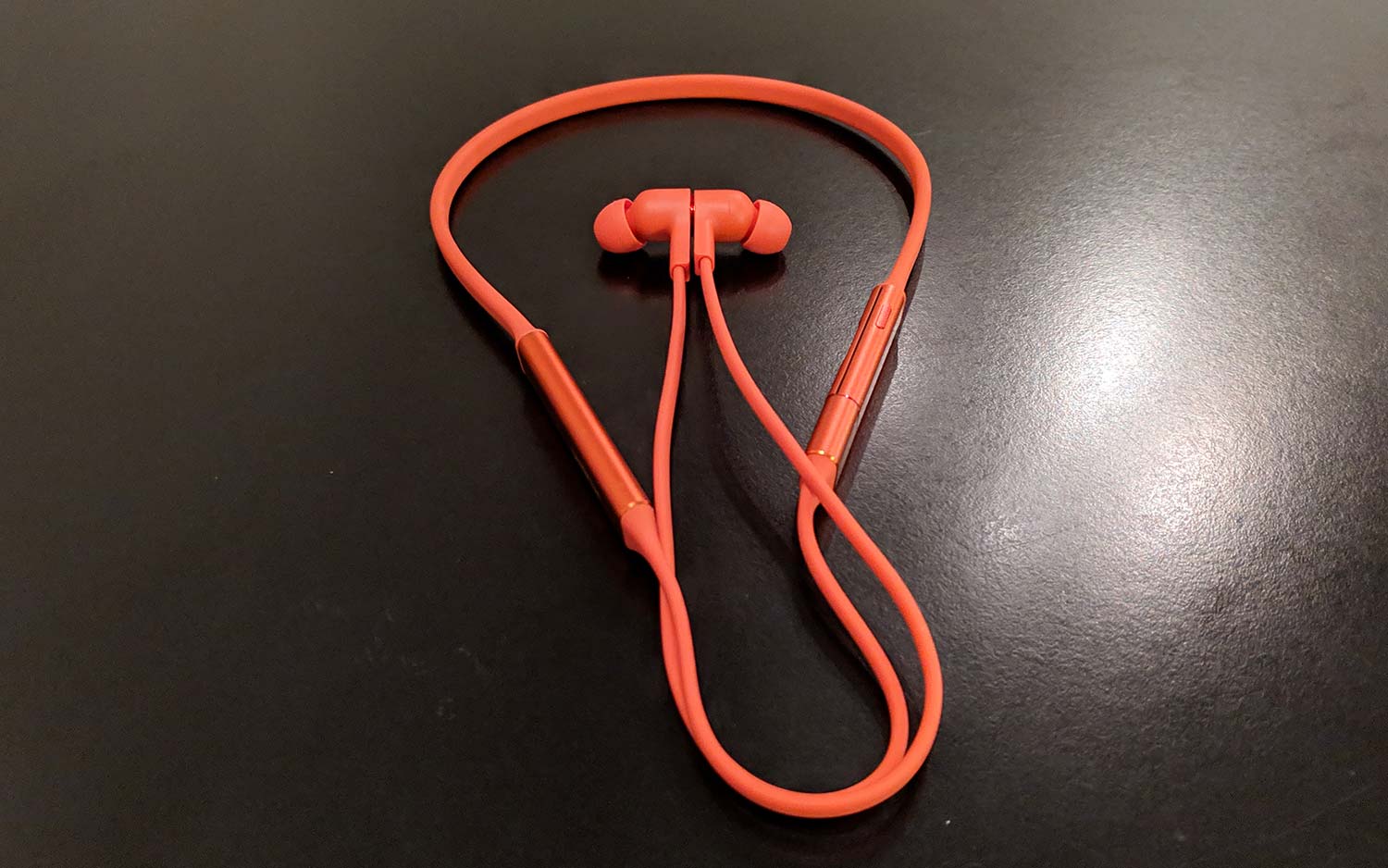
You control the FreeLace using a method you're likely familiar with — a button for volume up, another for volume down and one more serving multiple functions depending on how many times you press it. The multifunction button is sunk between the two volume keys, and the actual active button area seems to be much smaller than the area indicated by the casing. While the indent helps guide your hand to the buttons, I often found I was adjusting the volume by accident rather than pausing a track. This is the only major spot where I found the attractive form of the FreeLace impairing its function, which is a great pity.
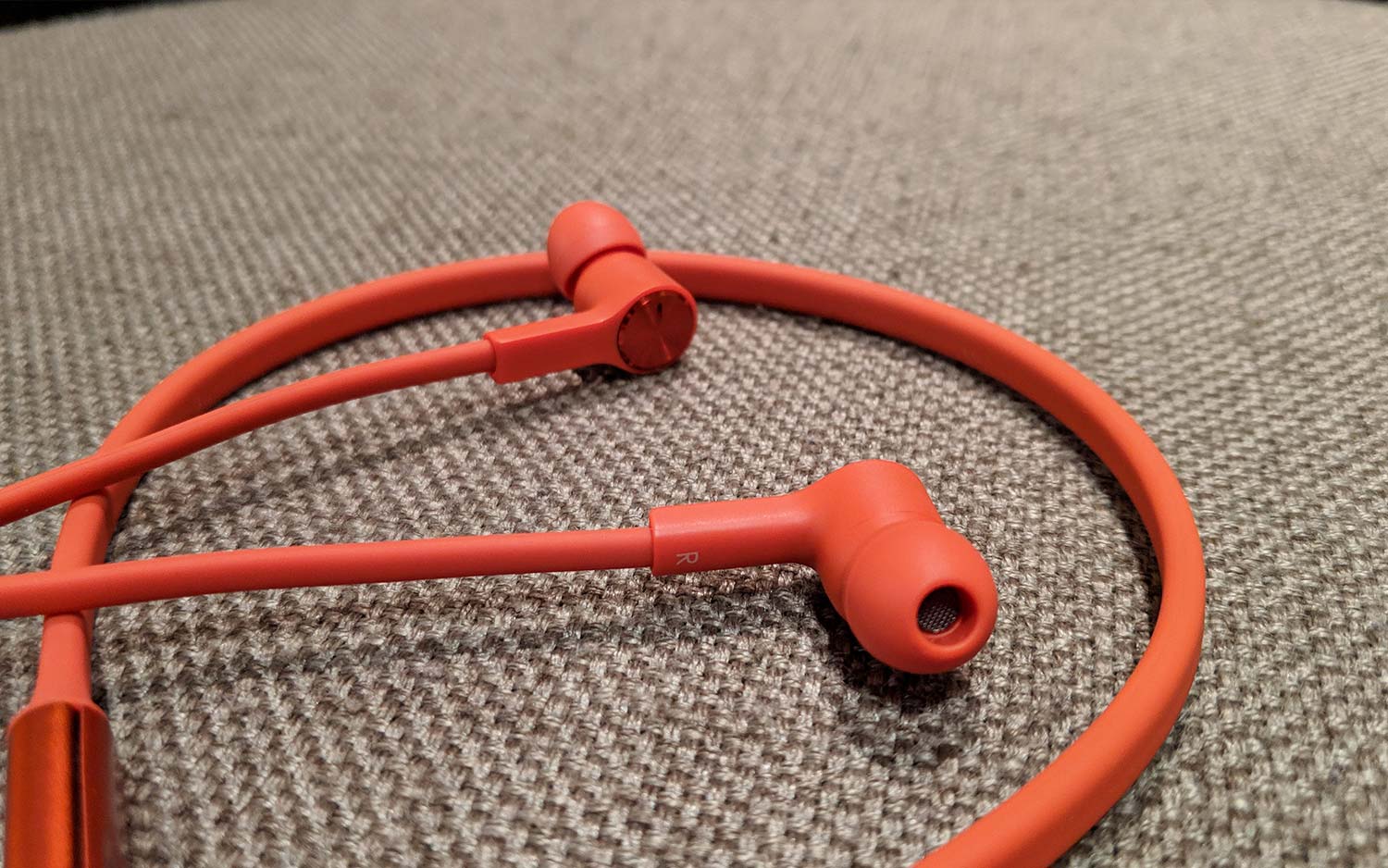
There is another way to pause your music, however. The magnetic backs on the earpieces are also a switch, pausing your music or ending your phone call and setting the headphones into standby mode. When you pull the two sides apart again, the device will be ready to go as soon as you have them in your ears, waiting for you to press the multifunction button to resume playback.
MORE: Best Wireless Earbuds: AirPods vs. AirPods Alternatives
This is my favorite feature on the FreeLace. It takes a common design element of Bluetooth headphones, included to make them easier to wear when not in use, and makes it an extra control method. I hope this isn't a patented idea, as I would love to see this on future headphones designed for use with smartphones too.
Fit
Placing the FreeLace around your neck will immediately highlight Huawei's smart choice of materials. The soft parts are made with silicone, which is comfortable, and not really noticeable once you've worn them for a short period.
The metal pods containing the power and brains of the earphones don't protrude particularly far off your neck, resting gently on the inner ends of your collarbones. I don't consider myself as having a particularly large neck, but if it were much bigger, or the neck strap much smaller, the modules would be pushed further backward and outward. This would make the controls less convenient to access and could end up being uncomfortable.

The earpieces themselves can't be faulted, though. The default ones fitted into my ear nicely, the tips angled in a way that they're mostly held in place by your ear canal, with a little support on the earpieces from the inner ear. I happily wore these for hours at a time without ever feeling discomfort, only noticing the battery and controls if I happened to turn my head. Should you need them, there are two pairs of larger and smaller gels included in the box to get a better fit for your ears.
MORE: 7 Cheap Earbuds (Under $25) Ranked from Best to Worst
Even during a workout at the gym, the FreeLace never had me concerned that they were going to fall out. The semirigid construction means that the cable doesn't shake around much either while you're moving. Even while running, the cables and modules stayed fairly stationary, and therefore weren't a distraction during a stint on the treadmill.
Audio Quality
The FreeLace buds are not noise-cancelling, but they do feature a dual-channel design in tandem with a software algorithm to reduce wind noise. This works well, as long as you play the right stuff through the headphones.
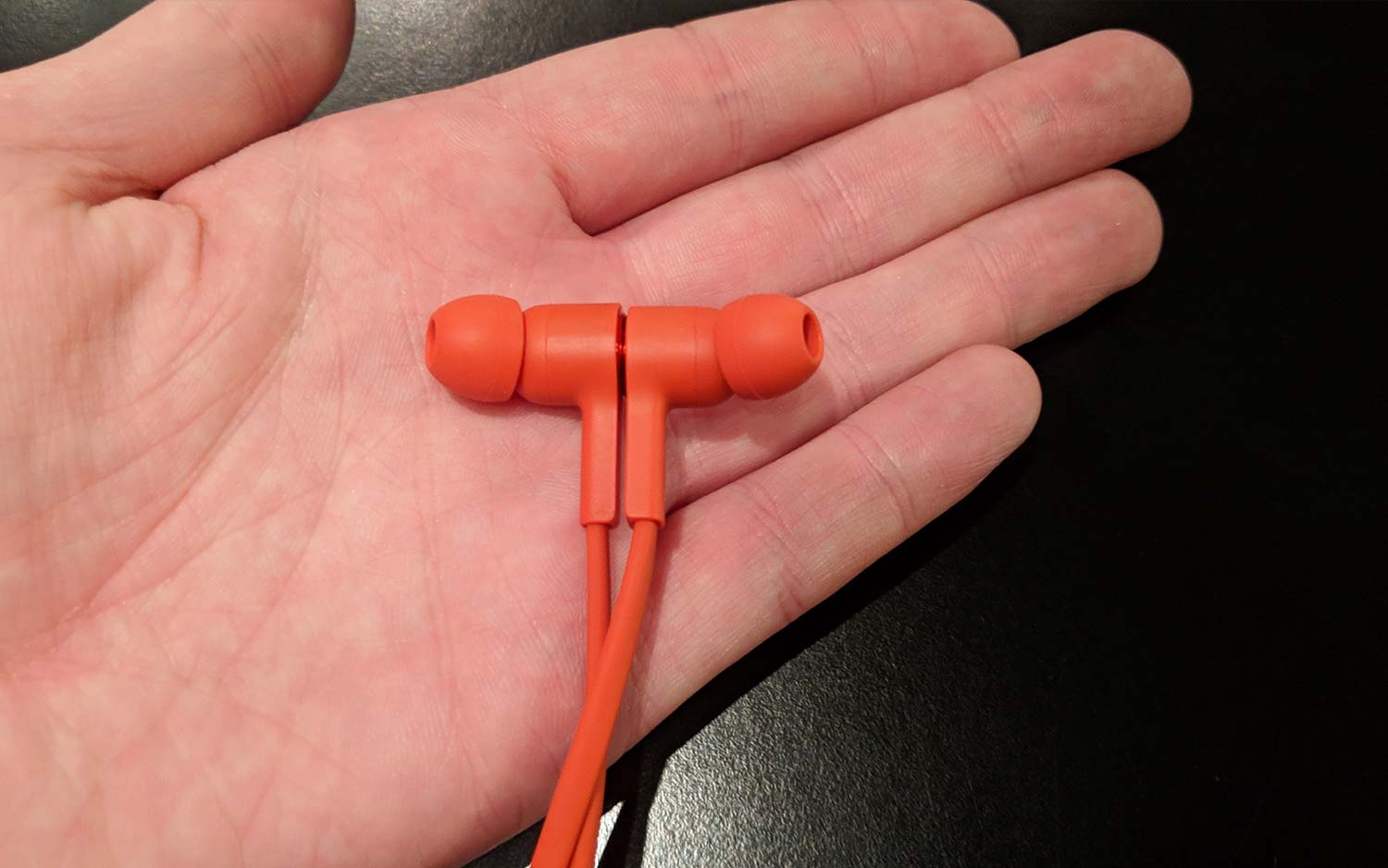
As I tested the earphones with my music library, I really enjoyed how strongly they produced bass notes, giving new life to songs I have heard dozens of times before on my personal Jabra Elite 65Ts. Listening to BadBadNotGood's jazzy cover of "Putty Boy Strut" revealed how complex the guitar part is underneath the dominant saxophone and keyboard parts, while listening to the industrial rock music of composer Mick Gordon made the heavily distorted guitars and bass and sharp drumbeats feel even more impactful and dramatic than usual.
I really enjoyed how strongly the FreeLace produced bass notes, giving new life to songs I have heard dozens of times.
But it would appear that Huawei is relying on these low tones to shelter the less-robust high-frequency notes from outside interference. As soon as I started playing podcasts instead of songs, the outside world reappeared, making the presenters sound like they were having a conversation next to me on the street rather than in a quiet space next to my ears.
This arguably isn't a problem, as Huawei doesn't promise noise-cancelling performance. Equally, if you're walking to work and want to keep an ear out for traffic, pedestrians and electric scooter riders coming at you from outside of your field of view, it's helpful to still be tuned in to the environment around you. But if you're sat down somewhere or stuck on public transport, you're not going to be able to escape without cranking up the volume.
Battery Life
Huawei's back of the box promise is 18 hours of playback time, or 12 hours of call time. This is powered by a 120mAh battery that can charge fast enough to provide four hours of playback after just five minutes plugged in, again according to the manufacturer's promises.
Testing them with my normal music and audio-listening routine, I managed to get around two to three days of heavy use from them. That includes podcasts on my commute, a couple of hours of lo-fi chillout at work while I'm concentrating on something, plus watching videos on my phone in the evening once I've switched off my computer.
MORE: Best Wireless Headphones
If you use a Huawei phone, you can see what percentage of battery the FreeLace has left whenever you connect them, but for other devices you'll have to rely on the indicator LED and the verbal warning that occurs when you've almost emptied the tank. These are perfectly functional ways of giving a battery warning, but it's a shame that this is another feature locked to all but the brand-loyal.
Bottom Line
Despite all the positive things I have to say about the FreeLace, it's hard to recommend them. Huawei products are tricky to get in the U.S., an issue that compounds the annoying factor of needing a Huawei phone, and an up-to-date one at that, to access all of the features. This doesn’t detract from the strong aesthetic and feature design, or the high quality sound it produces, or the fact they're very competitively priced.
The FreeLace are the perfect all-rounder headphones for a person using them with a Huawei device. They feel like they're designed to be attached around your neck ready to go whenever you need them, a consistent audio companion. With any other phones, they are still very good, but it's on a more level playing field with its rivals. If you have a specific need from your headphones, the FreeLace probably won't satisfy them. But if you're seeking something that looks great and just about covers the bases, these may be what you're looking for.
Credit: Tom's Guide

Richard is based in London, covering news, reviews and how-tos for phones, tablets, gaming, and whatever else people need advice on. Following on from his MA in Magazine Journalism at the University of Sheffield, he's also written for WIRED U.K., The Register and Creative Bloq. When not at work, he's likely thinking about how to brew the perfect cup of specialty coffee.
